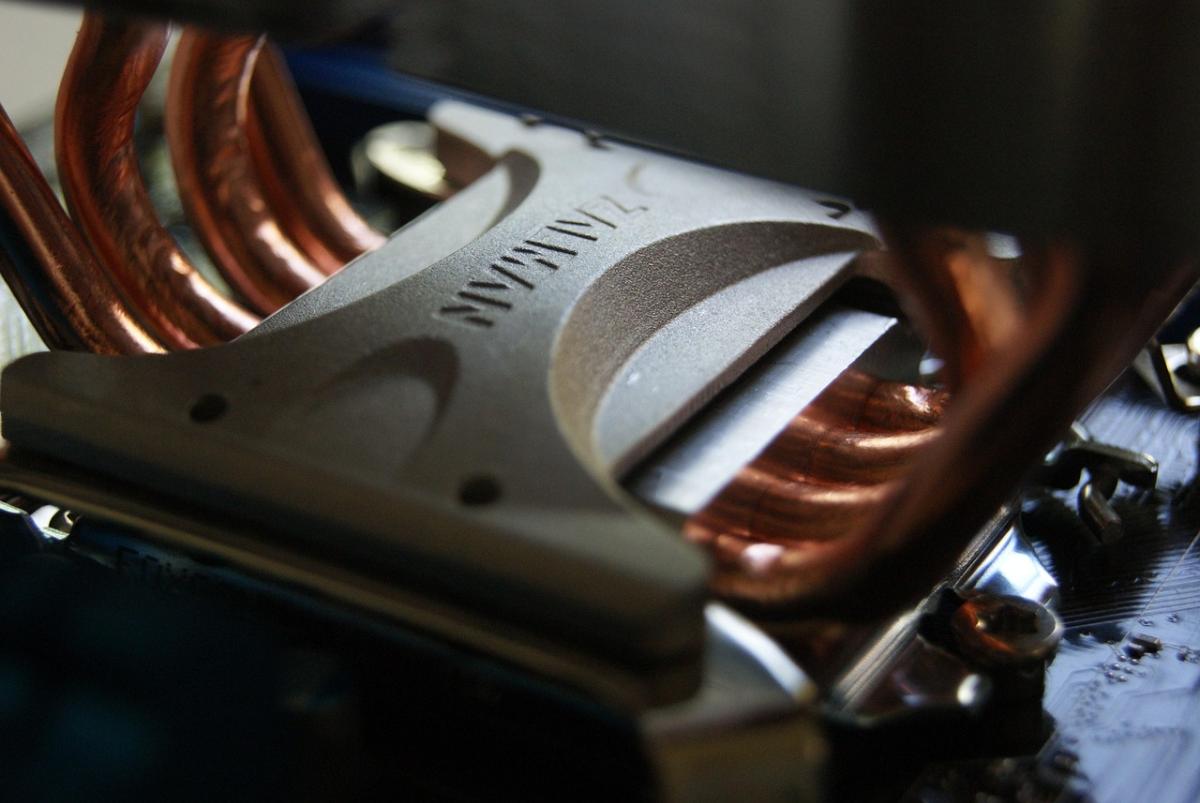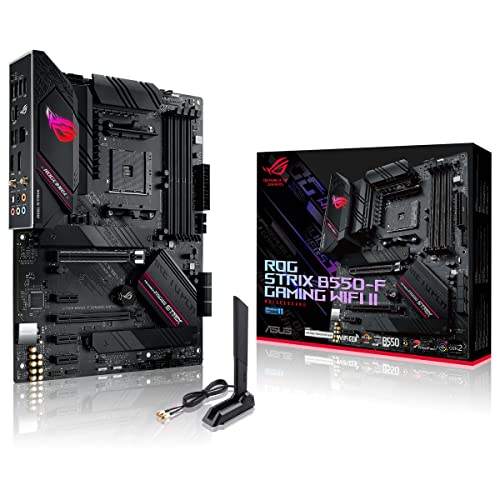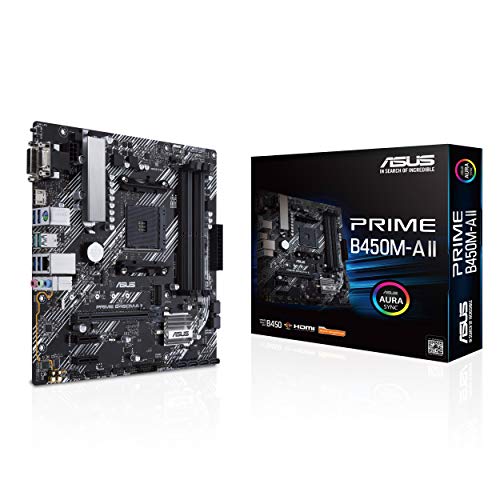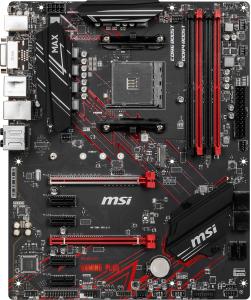UEFI provides a modern replacement for legacy BIOS with enhanced features, faster boot times, and improved security. Securing UEFI settings is essential to protect your high‑performance PC against unauthorized access and vulnerabilities.
- Enable Secure Boot and Trusted Platform Module (TPM) to safeguard against malware and rootkits.
- Configure UEFI passwords and ensure that firmware updates are regularly applied using manufacturer tools.
- Disable legacy support when not needed and enforce strict boot order policies to prevent unauthorized devices from booting.
- Monitor system logs and utilize hardware-level security features to continuously protect your system.
Implementing robust UEFI security measures strengthens your system’s defense against emerging threats. By following best practices and staying current with firmware updates, you can safeguard your high‑performance PC and ensure long‑term system integrity.
Industry-Leading UEFI Security: Protect Your High-Performance PC from Firmware Attacks
Modern firmware threats target the Unified Extensible Firmware Interface (UEFI) layer, compromising systems before the operating system even loads. Implementing robust UEFI security measures—like Secure Boot, TPM integration, disciplined firmware updates, and boot lockdown—ensures your high-performance PC remains impervious to rootkits, bootkits, and unauthorized modifications.
UEFI Fundamentals & Why Security Matters
UEFI replaces traditional BIOS with a flexible, modular environment offering faster boot times, richer configuration interfaces, and advanced security features. However, any weak or misconfigured UEFI setting opens a path for malware that can persist below the OS, evading detection and controlling critical hardware functions. Securing UEFI is the first line of defense for system integrity.
1. Secure Boot: Cryptographic Chain of Trust
Secure Boot uses digital signatures to validate each component in the boot sequence. Only firmware, bootloaders, and kernels signed by trusted keys are allowed to execute.
- Enable Secure Boot: Toggle to “Enabled” in UEFI under the “Security” or “Boot” menu.
- Manage Keys & Certificates: Import OEM, Microsoft, or custom certificates; remove unused keys.
- Lock Configuration: Set Secure Boot mode to “Standard” or “Custom” and protect changes with a supervisor password.
2. TPM/PTT: Hardware-Backed Root of Trust
A Trusted Platform Module (TPM) or firmware-based PTT anchors system security with hardware-protected cryptographic operations.
- Enable TPM/PTT: In UEFI under “Security” → “TPM Configuration,” select “Enabled.”
- Initialize & Clear: Perform a factory reset and set a TPM owner password to lock out unauthorized access.
- Leverage Disk Encryption: Use BitLocker or VeraCrypt tied to TPM keys for seamless, hardware-protected volume encryption.
3. Firmware Update Discipline
Regularly updating UEFI firmware protects against newly discovered vulnerabilities and malware.
- Use Official Utilities: ASUS EZ Flash, MSI M-Flash, Gigabyte Q-Flash, etc.
- Verify Signatures: Compare SHA-256 checksums published by your motherboard vendor before flashing.
- Schedule Quarterly Checks: Set reminders to review vendor websites or subscribe to firmware notifications.
4. Boot Lockdown & Legacy Support
Reducing unsupported modes and enforcing strict boot policies minimizes the attack surface.
- Disable CSM / Legacy BIOS: Forces UEFI-only boot, ensuring all media and loaders comply with Secure Boot.
- Enforce Boot Order: Permit only your system drive and authorized network/PXE if required.
- Lock Removable Media: Disable USB/optical boot when not needed to block unauthorized boot-from-USB attacks.
5. Monitoring & Audit Logging
UEFI can log boot events, firmware changes, and Secure Boot violations.
- Enable Event Logging: Turn on “UEFI Boot Logs” or “Platform Event Logging” in firmware settings.
- Export & Review: Periodically export logs and analyze them with SIEM tools or scripts.
- Hardware Protections: Activate Intel Boot Guard or AMD Secure Boot features where available.
6. Advanced Protections: Measured Boot & Remote Attestation
For organizations needing zero-trust assurances, advanced UEFI features provide cryptographic proof of platform integrity.
- Measured Boot: Records each firmware stage’s hash into TPM PCR registers, enabling integrity verification.
- Remote Attestation: Allows external services to request and validate PCR values, confirming the system’s trusted state.
Product Recommendations
| Category | Example | Purpose |
|---|---|---|
| Discrete TPM Module | ASUS TPM-M R2.0 | Hardware root of trust |
| Secure Boot USB | Kingston IronKey S1000 | Protected firmware flashing |
| UEFI-Ready Motherboard | Gigabyte Z790 AORUS Elite | Built-in TPM header, Secure Boot defaults |
| Firmware Backup Tool | Flashrom Utility | Firmware extraction & verification |
Explore our UEFI Security Collection for exclusive bundles and discounts.
Conclusion & Next Steps
Securing UEFI is non-negotiable for any modern, high-performance PC. By enabling Secure Boot, integrating a TPM, enforcing boot lockdown, maintaining disciplined firmware updates, and monitoring logs, you establish an impenetrable firmware foundation. Audit your current settings today, upgrade your hardware with the products above, and fortify your system against emerging firmware threats.







